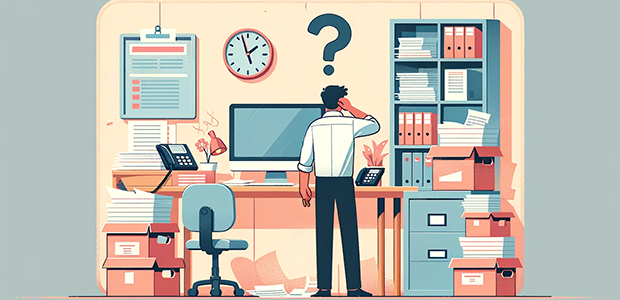
Dealing with stress as an entrepreneur: part two
In the first article in this series, we discussed identifying your problems and then linking those problems to the six factors that increase stress as the first step in a simple three step process to dealing with stress.
In this article we are going to share with you the second tool and step in this process.
How severe are the issues?
When we take the first step to identify issues that are causing us stress using the six factors of: change, control, demands, role, support, and relationships, we usually pick one issue for one factor.
To take the next step and understand how severe the stress is, we need to identify how severely that issue affects the other factors. This gives a picture of which issues are causing you the most difficulty. This can be an eye opening exercise, enabling you to get a clear profile of stress for your operation across many issues and identify clearly which ones you should prioritise.
Let’s illustrate this with an example:
You have a new small decorating business. You have impressed a friend of a friend and have just landed a large order to decorate student accommodation. You know that this will stretch your team and you know that this will introduce a great deal of stress to get it done. How do you handle it?
Step one, you identify that this is severe in the demands factor because you will need to get extra help to do the work and also work longer hours to complete it. So, along with other issues you have identified that cause you stress, you move onto step two.
Step two, assessing the severity of the issue. Looking across the six factors, you assess that the change severity is also very high for this issue, as this is something your small operation has not done before. You assess that the control factor is significant. You are now aware of how income will be linked to how well this large new client pays instead of the many smaller clients which you have been used to before and which could lead to problems with cashflow. And perhaps you feel that this also impacts on the relationships your team has with each other, as when people are tired and tempers are frayed the last thing you need is for people to be unproductive.
Having identified this as a significant issue across many factors now enables you to apply the third tool in our stress management toolkit. It is the tool that holds the key to significantly reducing pressure, and stress. This tool will be outlined in part three of the series.

